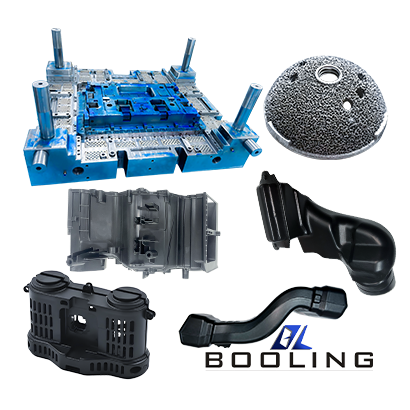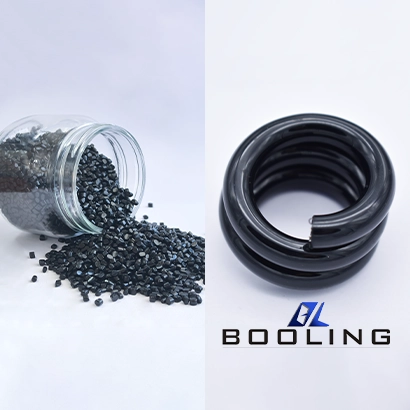Home > Injection Molding > TPU Injection Molding
TPU injection molding is suitable for screw injection molding machine processing. Booling uses advanced three-stage screw technology to achieve uniform plasticization of TPU materials. Our engineers will use hot runners or cooling systems according to the part structure when designing and processing TPU injection molding molds to achieve high-quality molding of products. Booling has provided the best TPU injection molding solutions for manufacturers in the footwear, automotive, medical, wire, and cable industries to achieve high-capacity processing of external components and internal structural parts.
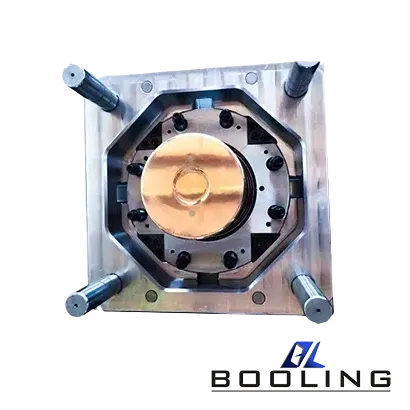
Booling provides a variety of models of TPU injection molding mold processing, such as single-cavity, multi-cavity, hot runner cold runner, etc., to meet different production requirements.
- Single Cavity
- Multi Cavity
- Horizontal
- Vertical
- Right Angle
TPU Injection Molding Capabilities
TPU has excellent elasticity and wear resistance, can assist the injection molding process, and has excellent injection molding product processing capabilities.
·
US
Metric
TPU
59 in. x 51.2 in. x 17.7 in.
1500mm x 1300mm x 450mm
*TPU injection molding can also provide strict tolerances for products.
TPU Injection Molding Material
TPU is a thermoplastic polyurethane material, that can replace PVC in the processing of some products. Booling provides various types of TPU materials, such as polyester, polyether, polycarbonate, etc.
Material
- TPU
The Advantage & Disadvantage of TPU Injection Molding
- TPU injection molding has excellent durability and wear resistance, meeting the requirements of durability
- Sufficient resistance and tolerance to chemicals and the environment
- Biocompatible and hypoallergenic, making it an ideal choice for medical devices and children’s products
- Cost-effective, providing efficient production in a shorter time
- TPU injection molded parts have excellent surface finish and aesthetics, minimizing visible seams and weld marks
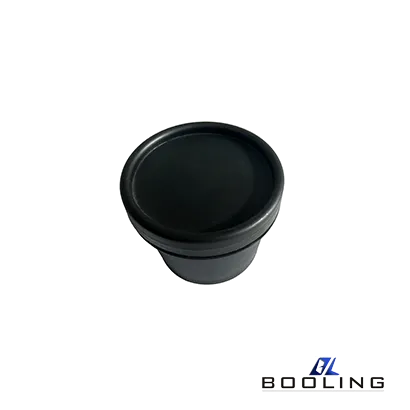
Application of TPU Injection Molding
TPU injection molding has unique physical and chemical properties that meet the processing needs of manufacturers in industries such as footwear, automotive, medical, sports equipment, packaging, etc.
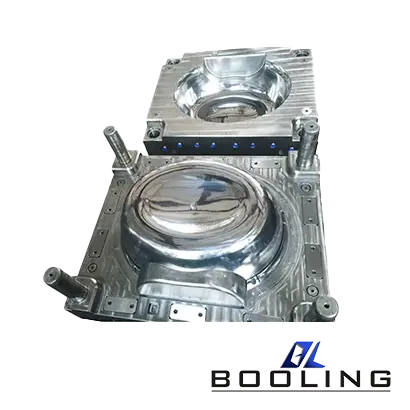
Guidelines for TPU Injection Molding
TPU is a thermoplastic elastomer that is widely used in the injection molding industry.
Thermoplastic polyurethane (TPU) has unique advantages in injection molding, providing TPU products with good aging resistance, wear resistance, and strength. Using TPU injection molding technology, complex parts with high precision and high repeatability can be mass-produced.
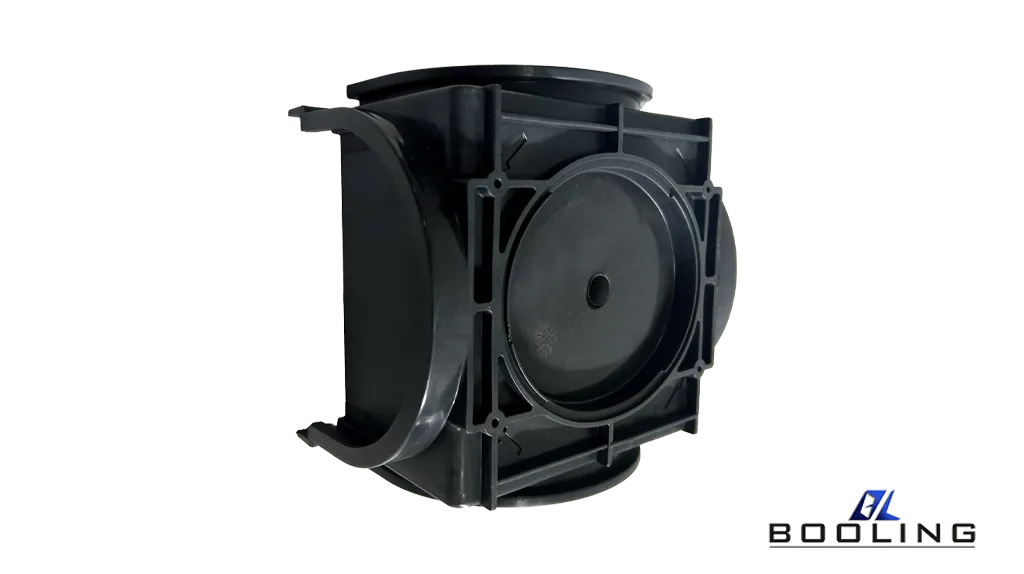
Types of TPU Injection Molding Materials
Booling provides polyether, polyester, and polycarbonate TPU materials to meet the requirements of injection molding products with different performances.
- Polyester: has high strength and mechanical properties, and its wear resistance is particularly suitable for shoe material processing
- Polyether: suitable for use in humid environments, such as various hoses, with excellent hydrolysis resistance
- Polycarbonate: By changing the ratio of each component, polycarbonate TPU materials with different hardness can be obtained, which are suitable for applications in the automotive, electronic and electrical industries
TPU Injection Molding Precautions
TPU has a variety of hardness, which can achieve customized processing of different products.
- Design Processing Matters
- Wall thickness: Maintain the consistency of the wall thickness design of the entire part to avoid warping defects
- Undercut and Draft Angle: Set the appropriate draft angle to avoid sharp corners and or undercuts to facilitate part demolding
- Ribs and Gussets: Reasonable use of support to prevent parts from deformation during use
- Insert and Overmolding: It is a secondary molding process, and it is necessary to ensure the compatibility of TPU materials with other materials to achieve higher product quality and adhesion
- Processing Precautions
- Drying: TPU is hygroscopic and will absorb moisture in the air, resulting in reduced processing performance. Before injection molding, the material needs to be dried
- Melt Temperature: Different TPU grades have different temperature ranges, and appropriate selection is required to maintain the fluidity of the melt and obtain the best flow rate
- Mold Temperature: Select the appropriate mold temperature to ensure the quality and surface finish of the product
- Injection Pressure: Part processing requires constant attention to the filling degree and holding time, which is greatly affected by pressure. Parameter optimization can reduce residual stress and warpage
Mold Processing Technology for TPU Injection Molding
TPU (thermoplastic polyurethane) mold manufacturing requires professional technology and equipment. Booling provides a one-stop service from mold design to processing and molding.
- CNC mold processing technology: using computer numerical control machine tools, the core and cavity of the mold can be designed, with the function of accurate reproduction, to achieve mass production
- 3D printing: also known as additive manufacturing technology, can manufacture TPU injection molding fast molds, shorten delivery time, and accurately depict details that traditional processing technology cannot create. 3D printing is particularly suitable for low volume production with low quantity requirements.

